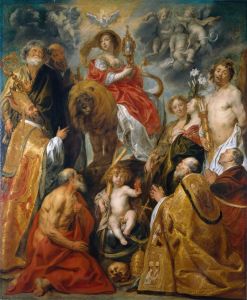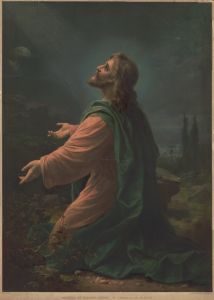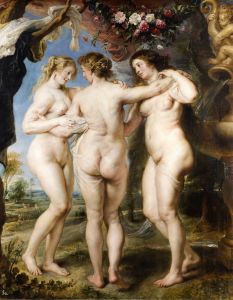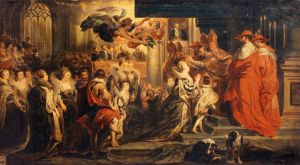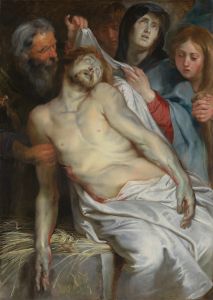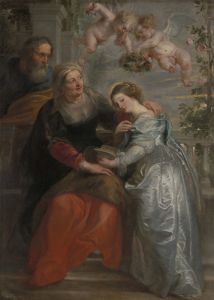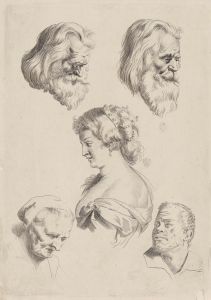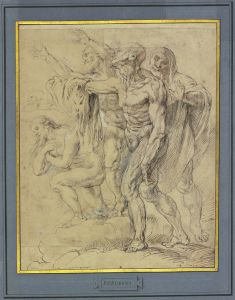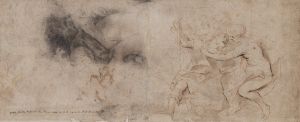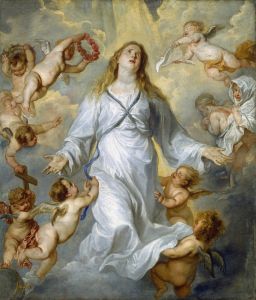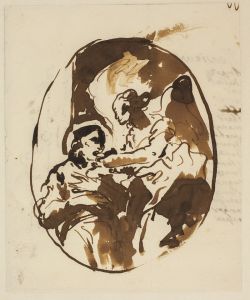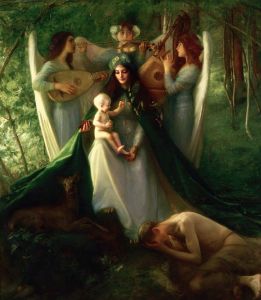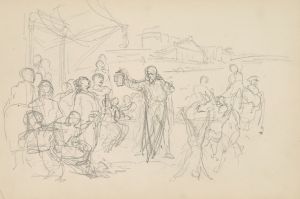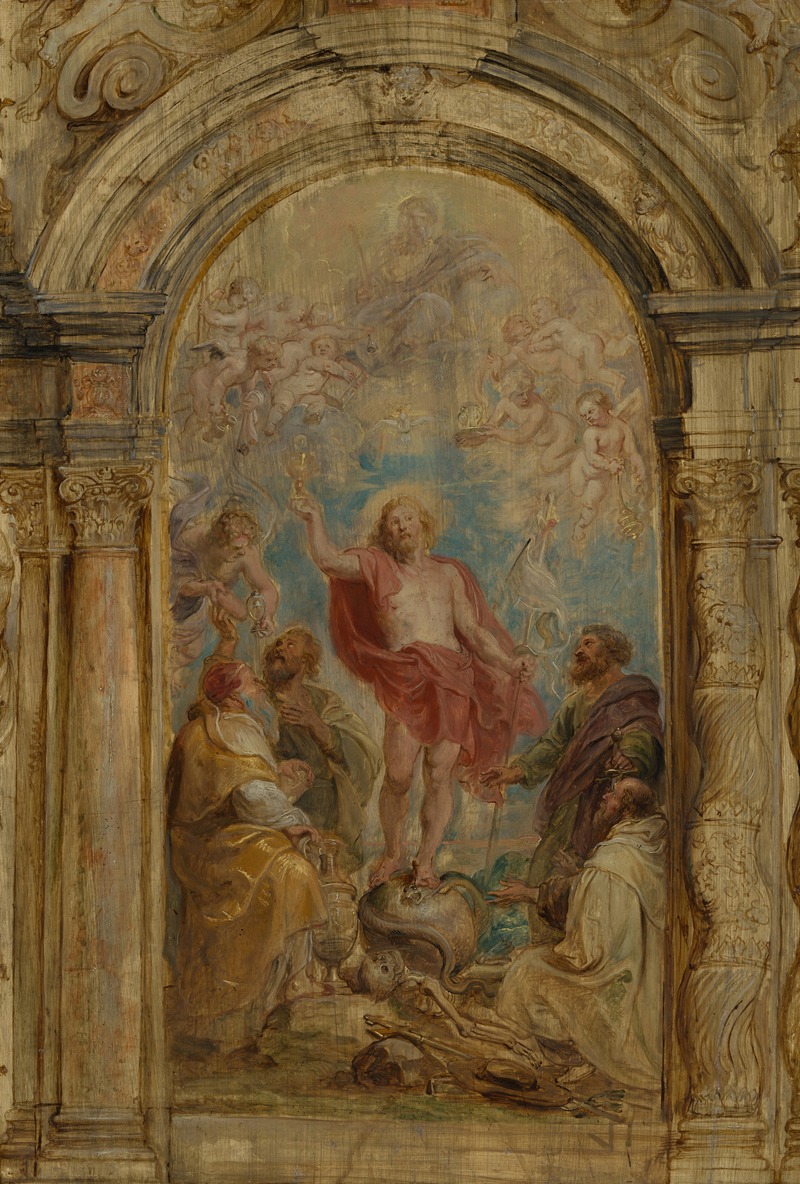
The Glorification of the Eucharist
A hand-painted replica of Peter Paul Rubens’s masterpiece The Glorification of the Eucharist, meticulously crafted by professional artists to capture the true essence of the original. Each piece is created with museum-quality canvas and rare mineral pigments, carefully painted by experienced artists with delicate brushstrokes and rich, layered colors to perfectly recreate the texture of the original artwork. Unlike machine-printed reproductions, this hand-painted version brings the painting to life, infused with the artist’s emotions and skill in every stroke. Whether for personal collection or home decoration, it instantly elevates the artistic atmosphere of any space.
"The Glorification of the Eucharist" is a painting by the Flemish Baroque artist Peter Paul Rubens, created between 1625 and 1626. The work was commissioned as part of a series of tapestries for the Convent of the Poor Clares in Madrid, Spain. This series, known as "The Triumph of the Eucharist," was designed to celebrate the Catholic doctrine of the Eucharist, emphasizing its central role in the Counter-Reformation efforts to reaffirm Catholic beliefs in response to Protestant challenges.
Rubens created the designs for the tapestries in oil on panel, which were then used as models for the final woven pieces. "The Glorification of the Eucharist" is one of these preparatory oil sketches, showcasing Rubens' mastery of dynamic composition, vibrant color, and dramatic lighting. The painting features a rich allegorical scene, with angels, saints, and symbolic figures surrounding the Eucharist, represented by a monstrance. The central focus is on the glorification and veneration of the Eucharist, reflecting the theological importance of the sacrament in Catholic worship.
The work is notable for its intricate detail and the way Rubens integrates religious symbolism with Baroque artistic elements, such as movement, emotion, and grandeur. The figures are depicted with a sense of vitality and expressiveness, characteristic of Rubens' style. The painting also demonstrates his ability to convey complex theological ideas through visual storytelling.
The oil sketches for "The Triumph of the Eucharist" series, including "The Glorification of the Eucharist," are now housed in various museums and collections. This particular piece is part of the collection at the Museo del Prado in Madrid, where it is displayed alongside other works by Rubens. The tapestries themselves remain in the Monasterio de las Descalzas Reales in Madrid.
Rubens' contribution to the series reflects his role as one of the leading artists of the Counter-Reformation, using his art to communicate and reinforce Catholic doctrine. His ability to combine artistic brilliance with theological depth has made "The Glorification of the Eucharist" an enduring example of Baroque religious art.





